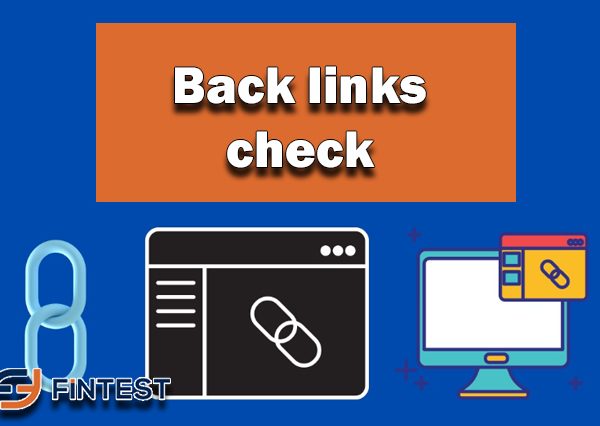Testing broken links is an important part of website maintenance. Broken links can be caused by a range of issues, such as URL changes, moved content, or server errors. These links can frustrate visitors and can negatively impact website ranking.
To find broken links, a website owner should use a page test tool that can scan the website and identify any broken links. This can be done manually or using automated tools for QA. Manual testing involves checking each link on the website one by one, while automated tools for QA can scan a website in a fraction of the time.
Once broken links are identified, website owners should take steps to fix them. This can be done by updating the link to the correct URL, redirecting it to a new page, or removing the link altogether. Additionally, website owners should ensure that any new links added to the website are valid and working.
Testing broken links is an essential part of website maintenance and should be done regularly to ensure a smooth user experience.
Why testing broken links is essential
Testing broken links is important because it helps keep the user experience on your website smooth and enjoyable. Broken links can lead to a poor user experience and can even hurt your website’s SEO. Having broken links on your website can reduce the number of visitors you receive and negatively impact the credibility of your website. Testing broken links can help ensure that visitors are able to access the content they’re looking for and have a positive experience on your website.
What are the difficulties of broken link testing?
When it comes to testing broken links, a QC testing specialist should be aware of several crucial things. This process is time- and effort-consuming and a tester may come across some difficulties. But there’s no need to worry – we’ve covered this aspect and outlined some of the challenges that may come up. Here, take a closer look at them:
- Broken links are often difficult to detect, especially if they are deep-linked or on dynamic pages.
- It can be labor-intensive to manually test each link on a website.
- It is difficult to track down the source of a broken link if it is not provided in the initial report.
- If a website has a large number of pages and links, it can be extremely time-consuming to test them all.
- It can be difficult to ensure that all links are tested, as some may be hidden or hard to reach.
- Testing broken links requires a thorough understanding of how the website is structured and linked.
- It can be difficult to differentiate between a link that is broken and one that is simply slow or taking a long time to load.
What are some good tools for testing broken links?
Luckily, today there’s an extensive pool of services for quick and simple QC testing. There are either free or paid tools for site performance test. How to choose the best one? It depends on your requirements as well as your limitations. But having such a huge variety of options, you will surely find the one that suits your needs best. However, we’ve made a list of some cool and easy-to-use tools for broken link testing. They are as follows:
- Fintest Pro
- Xenu Link Sleuth
- Integrity
- W3C Link Checker
- Screaming Frog SEO Spider
- Broken Link Checker
- LinkTiger
- Dr. Link Check
- LinkChecker
- Link Valet
- Dead Link Checker
Need help with software QA? Then you’ve come to the right place! Fintest Pro is exactly what you need. This is a browser extension that combines several helpful tools for QA including performance, accessibility, and security checkers, tools for files and web pages comparison, and a tool for broken links detection. You will find more information on our website. Click here to read.
Do not waste time – install Fintest Pro now and start broken links testing right away!



